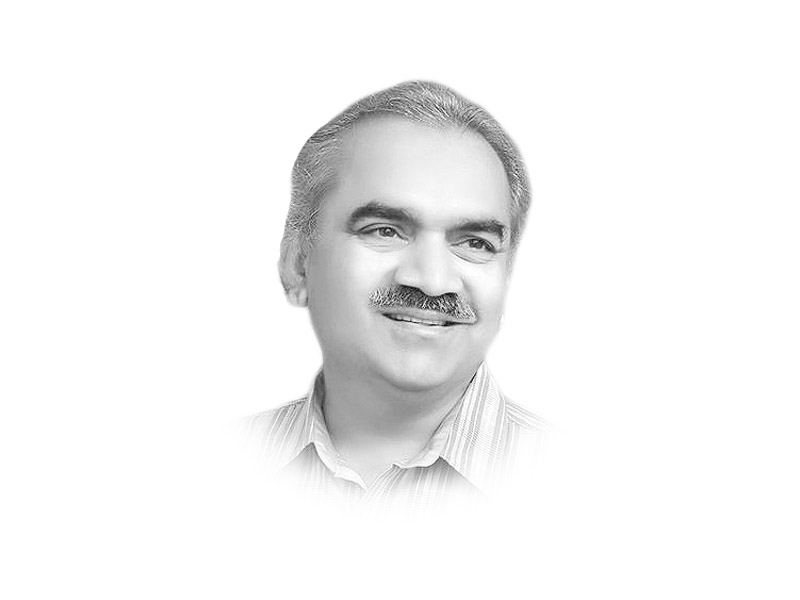
Pakistan has a limited number of museums, which display this region’s history, geography, art, heritage and flora and fauna. The exhibits in our museums can be used as tools of education if they are presented in a way that caters to the learning needs of our younger generation. However, neither government departments nor NGO-managed learning set-ups have realised the potential of converting the museums they operate into useful hands-on learning outlets. With a little effort, these establishments could be converted into pleasant education outlets.
Before walking the path of using museums as education outlets, however, there are some prerequisites that should be fulfilled. For instance, our teachers need to have some prior working knowledge about museums and allied fields such as geology, archaeology, history, geography and zoology. They need to widen their own knowledge about museums and their management and should know how museums are organised, how labels on the exhibits depict the context and the times, and how designed exhibits portray historical events.
Learning through museums also depends upon the teacher’s own worldview. If, for example, a teacher believes in the scientific, rational approach to understanding life and the universe, then the teacher and his/her students might opt to study the Pakistan Science Museum in Islamabad. The teacher could suggest to his/her students to keep in mind that they have to learn something new that was missed in their textbooks. Students may be asked to prepare a list of extinct animals and their habitats or they might be assigned a task to prepare a list of nearly extinct birds and also find out the reasons for their extinction.
Most public educators agree that museums help students learn. This happens at two levels: one, when exhibits induce visitors to fill in knowledge gaps by posing questions to them; and second, the displayed items push visitors to formulate their impressions about the items and contextualise them, which could lead towards certain conclusions. It is proven that young learners enjoy freedom, which makes learning though museums a value-added point, as they could be an attractive avenue of learning compared with classroom learning.
Continued efforts by enlightened educationists may pave the way for using the museum-education path as an integral part of public education. If such efforts succeed, the spirit of inquiry can be unleashed among our children. This will be a triumph, which would also trigger a child’s curiosity and would lead towards self-learning and continued education. Assuredly, the museum-education path, even at latter stages of life, can transform individuals into informed and passionate citizens.
Published in The Express Tribune, March 25th, 2015.
Like Opinion & Editorial on Facebook, follow @ETOpEd on Twitter to receive all updates on all our daily pieces.

1732274008-0/Ariana-Grande-and-Kristin-Chenoweth-(1)1732274008-0-165x106.webp)










COMMENTS (1)
Comments are moderated and generally will be posted if they are on-topic and not abusive.
For more information, please see our Comments FAQ